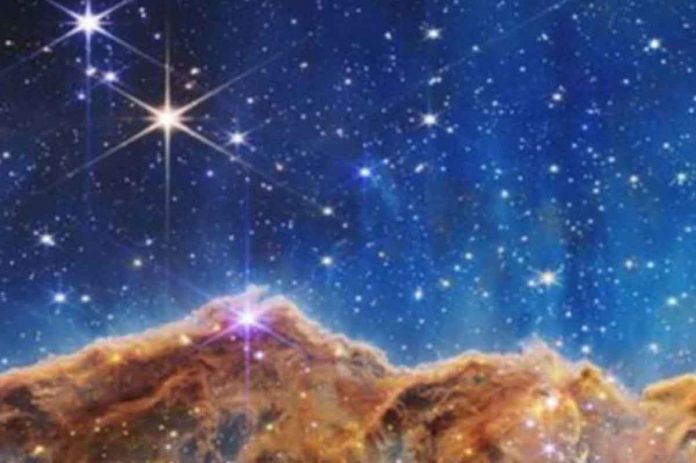The most powerful telescope ever built by mankind took nearly two decades and a $10 billion investment. The James Webb Space Telescope, which is located at Lagrange Point or L2, approximately 1.5 million kilometres from Earth, is the pinnacle of modern technology.
On July 12, the telescope released high-definition images of deep space. However, it may come as a surprise that the James Webb telescope stores these incredible images of the universe on a mere 68GB SSD (Solid State Drive).
You might be wondering how the most technologically advanced piece ever created by mankind functions on an SSD with a much lower capacity than what humans use on their laptops. The question, while plausible, is rendered moot once you understand the telescope’s day-to-day operations.
The Hubble Space Telescope, which predates the James Webb Space Telescope and is still in good health, transmits 1-2GB of data per day. The James Webb Space Telescope, on the other hand, transmits 58GB of data per day. The 68GB SSD installed on the James Webb telescope secures 3% of the telescope’s total capacity for technical and operational data.
The remainder is devoted to storing images, which are then transmitted back to Earth via a 25.9 GHz Ka-band connection. This transmission, supported by the deep space network, enables the telescope to beam data collected by it to planet Earth at a rate of 48MBps. Now comes the crux of the matter.
The data for the James Webb telescope does not need to be stored for more than 24 hours. The images are transmitted back to Earth by the telescope over two four-hour communication periods. These communication periods occur well before the drive is completely filled, which would take about a day.

